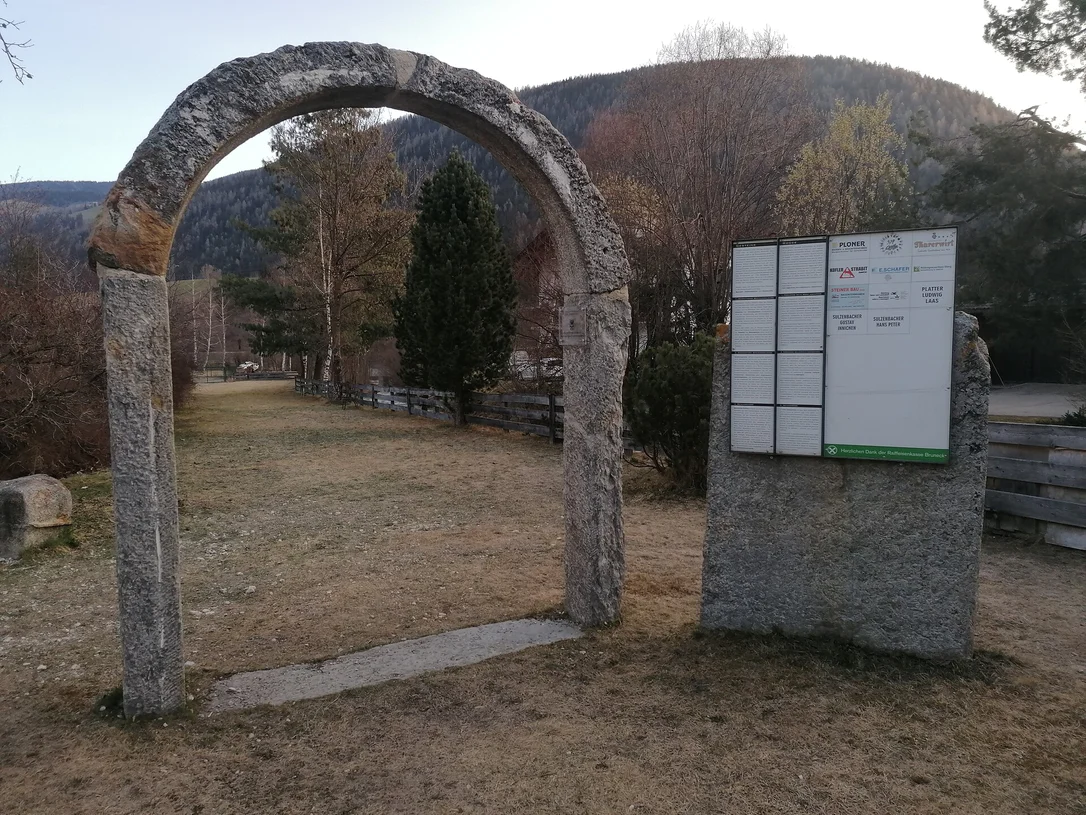Ansitz Heufler by Norbert Niederkofler
Ansitz Heufler, located in the picturesque Antholz Valley in South Tyrol, is a historic manor house dating back to 1580. Built by the noble family Hohenbühel zu Heufler, the estate is regarded as an outstanding example of Renaissance architecture and has been carefully preserved to maintain its historical value.
The wood-paneled rooms on the first floor are among the most atmospheric in the entire region—most notably the historic “Hearnstube”, adorned with an intricately crafted ceramic stove bearing the Heufler family coat of arms. Celebrated as one of the most beautiful parlors in all of Tyrol, it impressively blends artisan craftsmanship with living tradition.
On the door to the Hearnstube, one can see a fine engraving of the south façade of Ansitz Heufler: a square, three-story structure surrounded by four diagonally positioned corner towers with characteristic gabled roofs.
The old “Rauchkuchl”, now transformed into a stylish lounge bar, was once a traditional open kitchen where food was cooked and smoked over an open flame or in a smoke channel – a method that added rich flavor and ensured long preservation.
Among the most distinctive architectural features are the bay windows and the towers themselves, all topped with steep gabled roofs. The large windows on the first floor are decorated with finely wrought iron grilles, adorned with elegant floral motifs.
Today, Ansitz Heufler presents itself as a refined residence offering luxurious hospitality and culinary excellence. Guests are immersed in a unique experience where historical charm meets modern comfort – an authentic journey back in time through the preserved spirit of an ancient noble home.
Since May 2025, the estate has been led by South Tyrolean Three Michelin Star chef Norbert Niederkofler, who has breathed new life into the residence, infusing it with his signature philosophy, “Cook the Mountain”. Ansitz Heufler features 10 rooms, a public restaurant, and a bar with a scenic terrace.





































































































